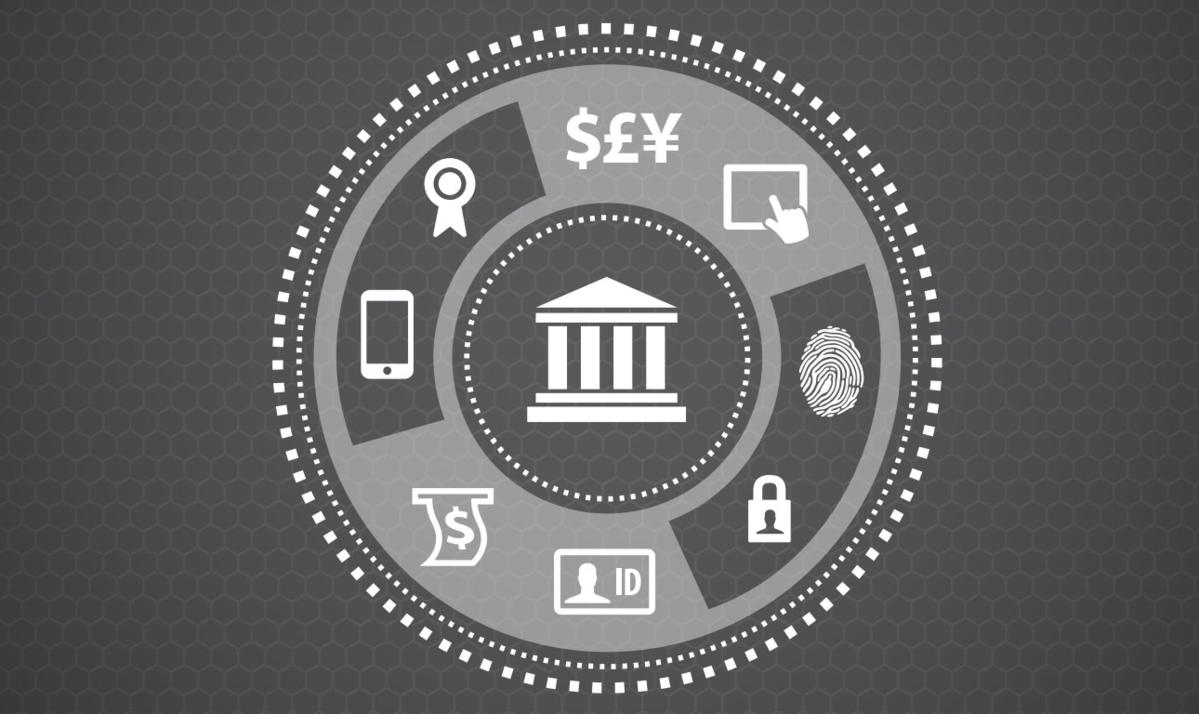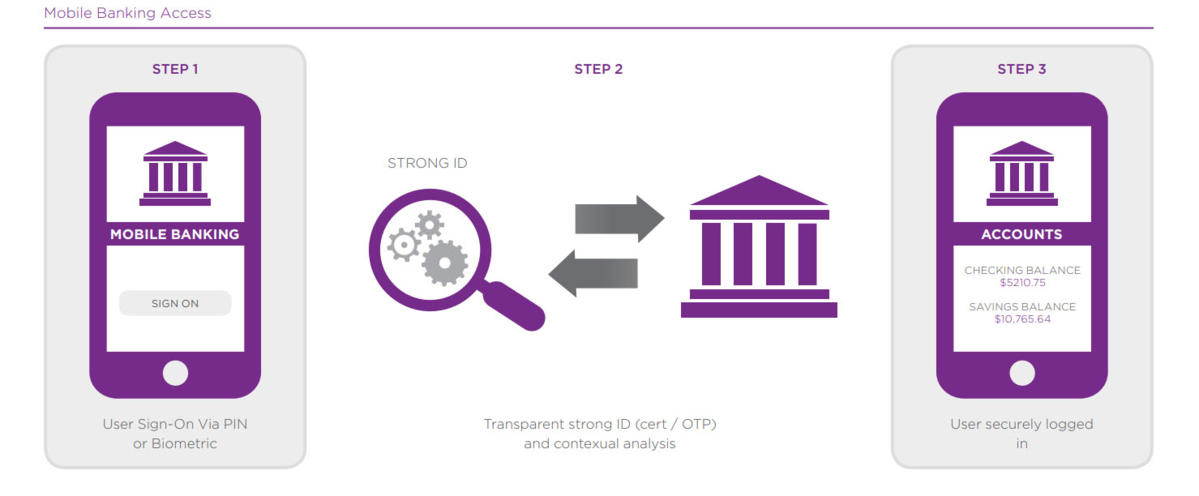As more businesses digitally transform, cybersecurity has become more important than ever. For banks, this threat is particularly imposing, as breached data exposes opportunity for immediate and future theft. Rapid adoption of the Cloud, the increasing connectivity of IoT devices and the exponential growth of data collection means a bigger threat to companies and people.
As this number and danger are expected to rise, financial institutions face a paradoxical challenge: How can companies in the middle of digital transformation keep information secure, while keeping the customer experience as friendly and simple as possible?
Digital banking is nothing new — online banking has been around since the late 1980s, and even mobile banking is more than 15 years old. The real frontier is interconnecting these digital channels with the modern branch location to create a seamless omni-channel consumer experience — empowering both retail and commercial banking customers with the choice of transacting whenever and wherever it is most convenient.
Disruptors in the Digital Marketplace
The advent of online and mobile commerce has transformed how we interact with our banks. Rather than visiting a branch or ATM to deposit a check, pay a bill, or transfer money to friends or family, our mobile phones have become a virtual ATM in our hands. Rather than visiting retail stores across town, we browse from the convenience of our tablets experiencing unprecedented choice, convenience and price advantages. In our increasingly interconnected world, consumer expectations for seamless, anywhere anytime services continue to drive rapid innovation.
Instead of leveraging a convenient consumer experience as an accessory to a product or service, forward-thinking businesses like Uber and Airbnb are winning on that convenient experience alone. These leaders are creating consumer experiences that fully deliver on instant connections, convenient anywhere anytime services and the ability to move seamlessly from digital transactions into a real-world experiences using the one device that everyone knows and loves. As observed by The Financial Brand, this “Uberization” of industries has brought us to an intriguing point:
– The world’s biggest taxi company (Uber) owns no vehicles.
– The world’s largest lodging provider (Airbnb) owns no real estate.
– The world’s largest retailer (Alibaba) has no inventory.
– The world’s most popular media company (Facebook) creates no content.
These disruptors have effectively cut out the middleman, building success on an exceptional consumer experience that instantly puts a wealth of goods and services at consumer fingertips.
A Growing Threat for Financial Institutions
What does this mean for financial institutions? According to Goldman Sachs analysts, non‑traditional digital banking “startups” are already jeopardizing around $4.7 trillion of the financial services industry’s business. Today’s financial consumers care less and less about the end products — high-return deposit accounts or low-rate loans — and more and more about the simplicity, convenience and empowerment of the omni-channel consumer experience. While most in the financial industry is aware of the importance of moving toward this omni‑channel experience, this has traditionally been seen as a strategy for adding value to existing financial products and services.
The threat of “Uberization” changes this from an added-value strategy to an essential priority of survival. A 2015 survey of millennial financial consumers found that two out of three feel that bank’s digital services are somewhat or not at all seamless. Financial institutions must beat these start-ups at their own game, getting ahead of the innovation curve by instantly connecting consumers with mobile-optimized services, enabling anytime-anywhere transactions and delivering the convenience of a truly friction-free experience as they move between the mobile, online and in-branch worlds.
Trusted Identities Start with Your Mobile Banking Application
Banks can embed trusted identities into their mobile application using a SDK. With identity built right into the mobile banking application – security / access can become virtually transparent to the use as this identity can be used in the background without the need for users to enter OTP (One-Time Password ) codes or remember passwords and challenge questions and answers ( KBA – knowledge based authentication).
Accessing Mobile Banking
The customer selects their mobile banking application icon on the mobile phone. The app should be protected with biometric access like TouchID or PIN so that IF the customer ever loses their phone – someone cant pick it up and log in. Once the application is opened, the sign on begins automatically. Behind the scenes (transparent to the user) the trusted user identity on the phone is validated by the authentication server back at the bank. As well, best in class authentication solutions can do a number of other transparent security checks such as assessing the mobile device fingerprint, the geo-location and even a fraud “risk score” from third party fraud engine. All this happens in micro-seconds. The user in logged into mobile banking and all they did was open the application with a fingerprint check. No passwords – no hardware tokens – no challenge questions…
Accessing Online Banking
With mobile identity, a customer no longer must recall and input a complex username and password to access web applications like online banking. Instead, a user is sent a push notification directly to their secure mobile device to authenticate the web session. The customer simply confirms with a click — no password required — that they are, in fact, initiating a web session.
When making an online transfer, how can a customer be sure the system is not infected with malware ready to intercept the transaction? With a mobile security solution, a push notification can be sent directly to the secure mobile device, enabling the customer to verify the transaction details. Customers receive instant confirmation if a transaction is successful — and can immediately flag fraudulent transactions.
Ask us for a solution for secure banking processes!






